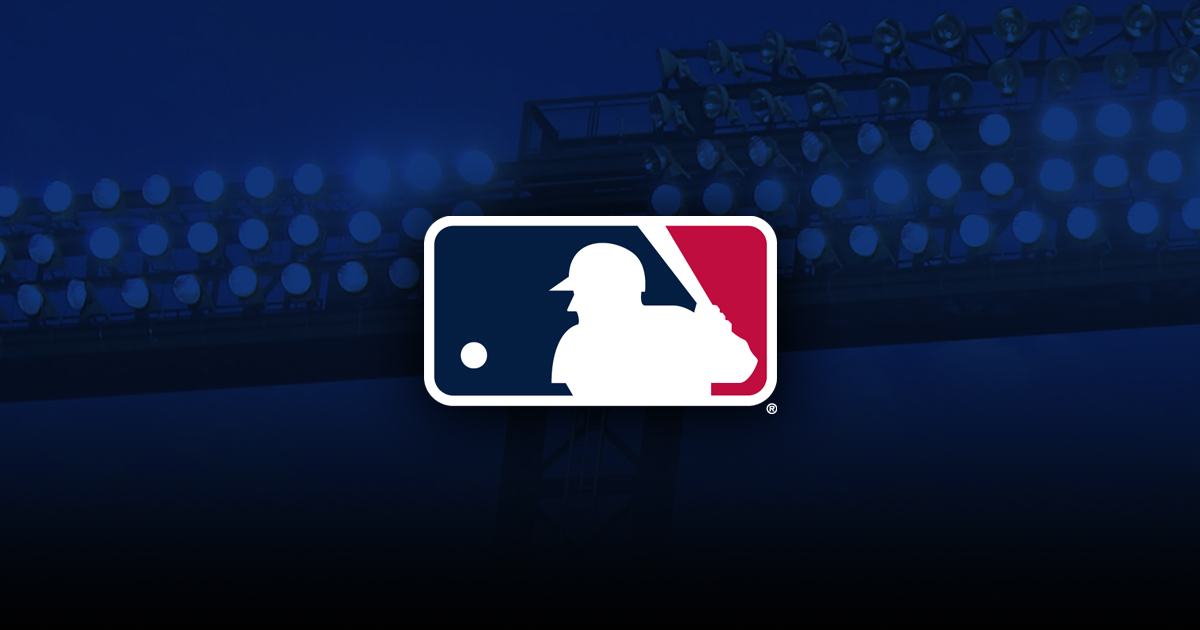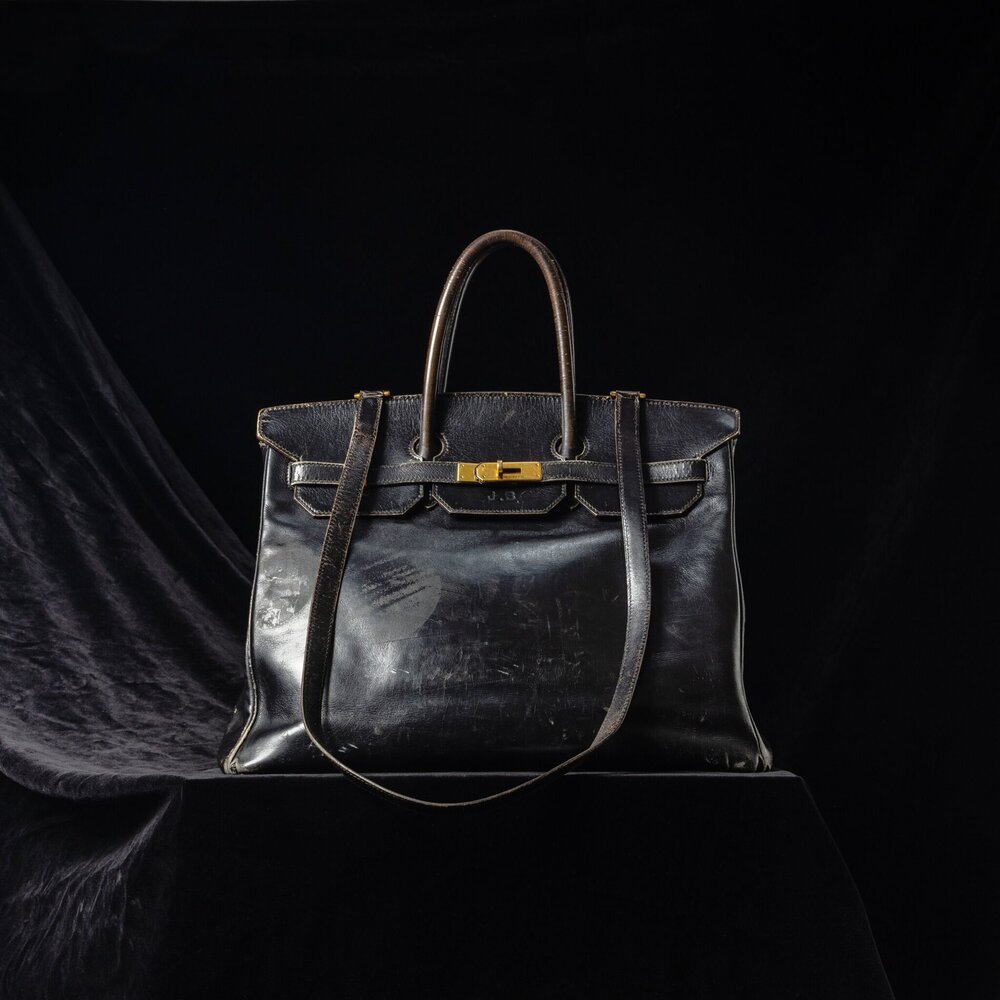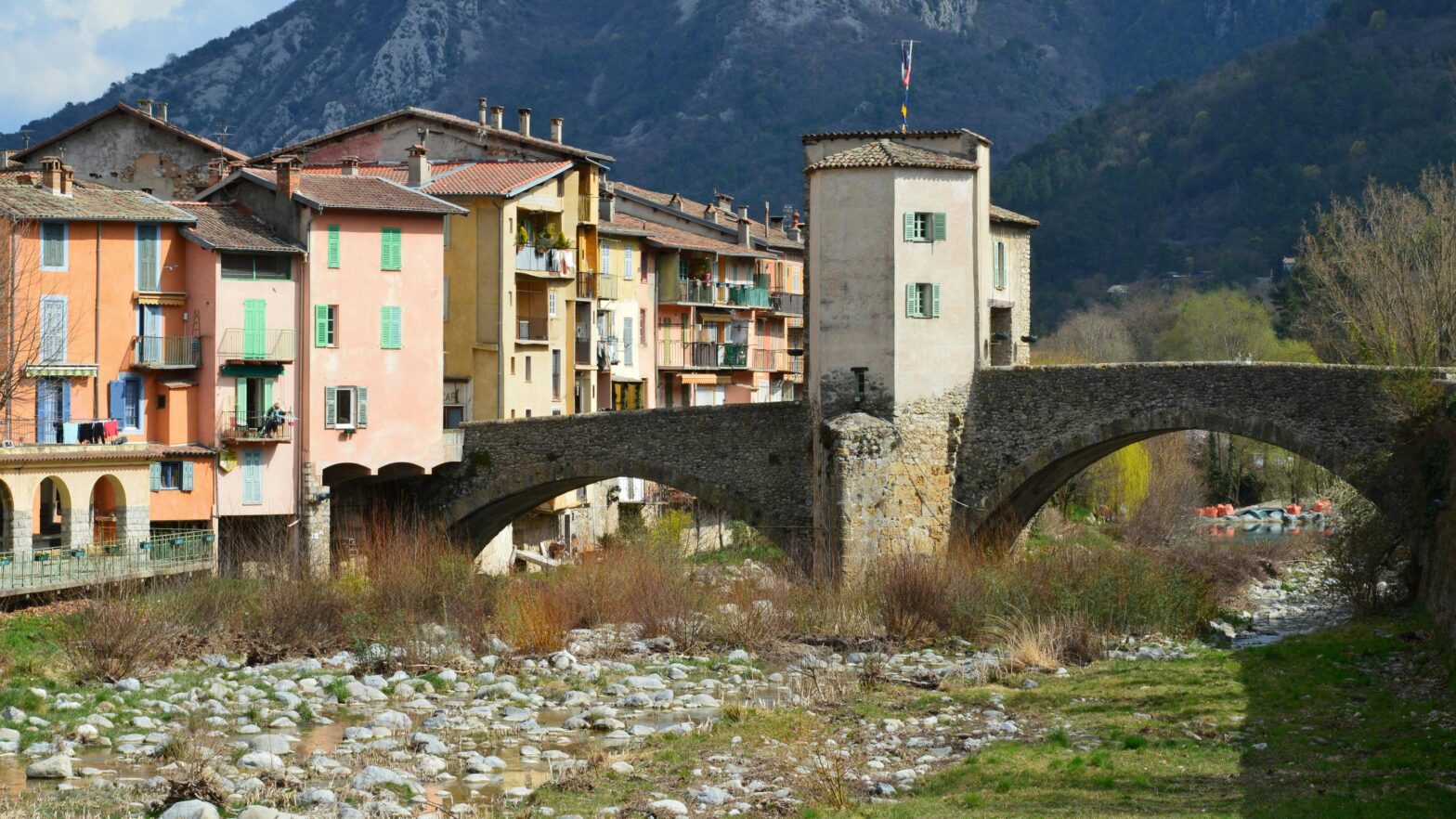Live Aid 40th Anniversary: Can Music Spark a Civic Revival Today?
Featuring interviews with icons like Bob Geldof, Bono, Sting, Patti LaBelle, Phil Collins, and Lionel Richie, as well as global leaders including George W. Bush, Condoleezza Rice, President Obasanjo, and Tony Blair, the series is enriched with rare archival footage of performances and intimate backstage moments featuring Paula Yates, Boy George, Status Quo, and George Michael.
Live Aid’s original mission was to raise funds and awareness for famine relief in Ethiopia, where millions were suffering amid drought and civil war in the early 1980s. But the event evolved into something far greater—a 16-hour transatlantic concert staged simultaneously at Wembley Stadium in London and JFK Stadium in Philadelphia, broadcast to an estimated 1.9 billion people across 150 countries.
More than a fundraiser, Live Aid was a cultural phenomenon—a moral call to action delivered in the universal language of music. As Bob Geldof put it, they spoke to the world using “the lingua franca of the planet—not English, but rock ’n’ roll,” confronting the absurdity of starvation in a world of abundance.
Live Aid didn’t just raise money; it redefined what music and mass media could accomplish together. Its legacy laid the groundwork for decades of benefit concerts and reimagined the civic potential of entertainment:
In this era of division, within the United States and across the globe, when many fear for the future of democracy itself, why not reimagine a democracy roadshow, a tour “For Democracy”?
As jazz icon Wynton Marsalis once said, “Music heals people because music is vibration, and the proper vibration heals.” Music brings people together. It multiplies energy. And when we join as one, we become greater than the sum of our parts.
a movement that transcends outdated definitions of right and left. One that centers on shared values, optimism, and active participation. In an age of algorithm-driven division, such an effort could channel celebrity influence and social platforms toward healing instead of fracture.
A democracy concert would unite artists from across genres and across the political spectrum—right, left, and center. It would reflect the diversity of American music and mirror the pluralism of its people. The concert would not be about being a Democrat or Republican but instead about being a participant in a more vibrant, inclusive democracy.
There are many reasons:
Global Citizen, One World: Together at Home, and Stand Up for Ukraine have built on its legacy, often leaning digital, policy-driven, and movement-based.
Perhaps what we need today is not just another concert—but a new kind of cultural infrastructure—one that fuses art, activism, and community building into a lasting democratic force. In Part II, we’ll explore how creative practice in the U.S. can meet civic needs, strengthen local economies, and restore our human connections.
Here are a few ideas we’ll unpack in Part II
Stay tuned for Part II, where we explore how art can become a civic muscle—energizing not just our culture but our democracy itself.
David Nevins is co-publisher of
The Fulcrumand co-founder and board chairman of the
Bridge AllianceEducation Fund.
You may also like...
Diddy's Legal Troubles & Racketeering Trial

Music mogul Sean 'Diddy' Combs was acquitted of sex trafficking and racketeering charges but convicted on transportation...
Thomas Partey Faces Rape & Sexual Assault Charges

Former Arsenal midfielder Thomas Partey has been formally charged with multiple counts of rape and sexual assault by UK ...
Nigeria Universities Changes Admission Policies

JAMB has clarified its admission policies, rectifying a student's status, reiterating the necessity of its Central Admis...
Ghana's Economic Reforms & Gold Sector Initiatives

Ghana is undertaking a comprehensive economic overhaul with President John Dramani Mahama's 24-Hour Economy and Accelera...
WAFCON 2024 African Women's Football Tournament

The 2024 Women's Africa Cup of Nations opened with thrilling matches, seeing Nigeria's Super Falcons secure a dominant 3...
Emergence & Dynamics of Nigeria's ADC Coalition

A new opposition coalition, led by the African Democratic Congress (ADC), is emerging to challenge President Bola Ahmed ...
Demise of Olubadan of Ibadanland
Oba Owolabi Olakulehin, the 43rd Olubadan of Ibadanland, has died at 90, concluding a life of distinguished service in t...
Death of Nigerian Goalkeeping Legend Peter Rufai

Nigerian football mourns the death of legendary Super Eagles goalkeeper Peter Rufai, who passed away at 61. Known as 'Do...





